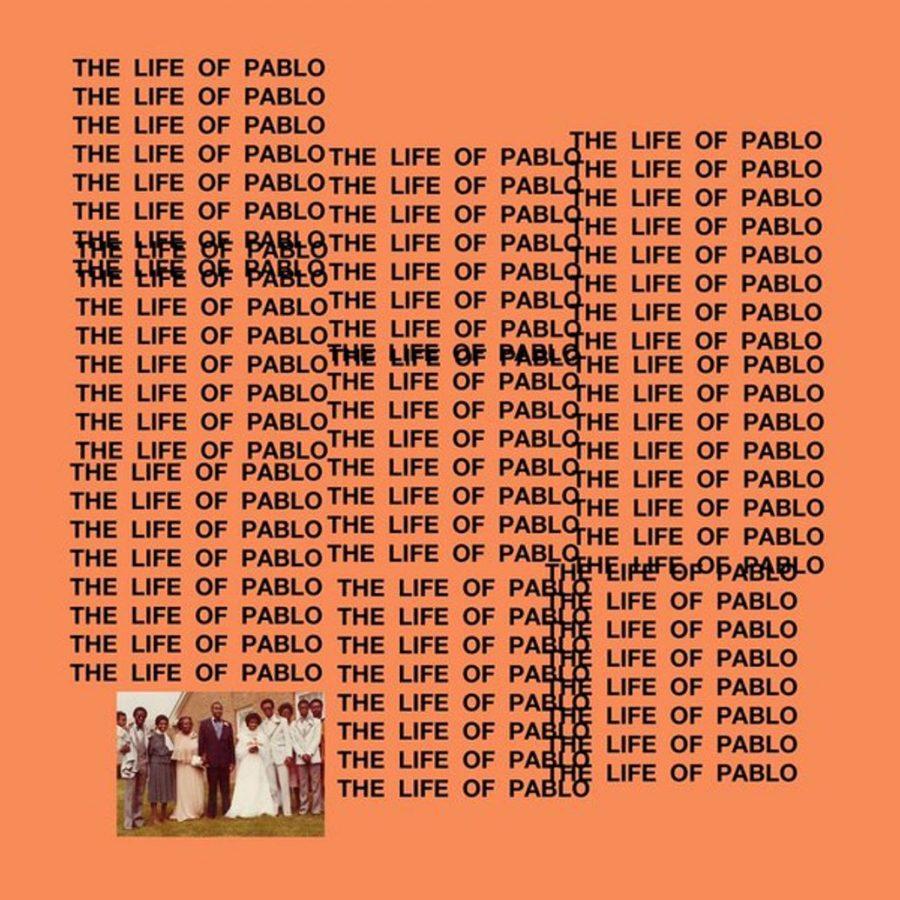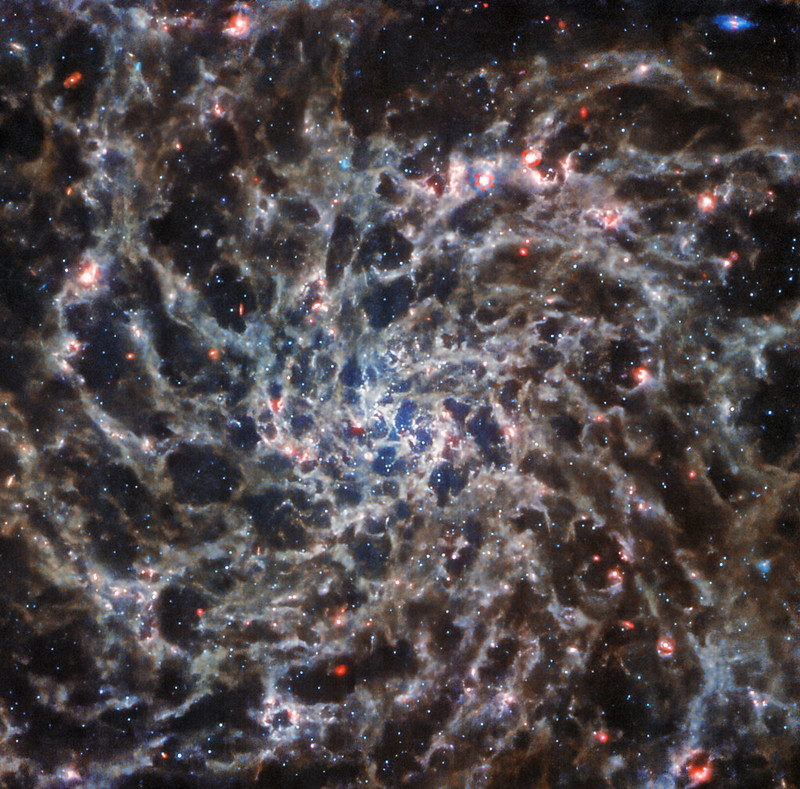The James Webb Telescope Expands Horizons
ESA/Webb, NASA & CSA, J. Lee and
One of many new images of a large spiral galaxy that is coming from the James Webb Telescope.
November 15, 2022
The James Webb Telescope is a brand new invention by scientists and engineers at NASA. This new telescope has very powerful camera abilities especially when it comes down to seeing into the deep parts of space.
The telescope has the power to see distant galaxies that are over 400 million years old. Catherine Harold, an Oakdale science teacher, explains how the telescope improved from the previous Hubble telescope: ”The Webb telescope is particularly important because it is sensitive to a different part of the electromagnetic spectrum than the Hubble is. Webb ‘sees’ in the infrared, while Hubble ‘sees’ visible light. We can now combine the information from both spectra.”
Newly discovered galaxies are almost as old as our universe. The telescope sets itself apart from others by having extremely sensitive cameras that allow it to capture more light. It also captures clearer photos and has the ability to see more distant redshift light and other galaxies.
New photos from the telescope add new perspectives into new and old galaxies. Many new objects near our own solar system are being found everyday. For example, a massive blackhole was found 1,550 light years away which is the closest blackhole ever found.
The telescope was launched last year in December, but the first photos were released in July of 2022. It has been in development since the 1980’s and 90’s, but didn’t begin to be built until 2007. In total, the telescope costs over 10 billion U.S dollars, not including other countries’ help with funding the project.
The telescope in space has an orbit around 1.5 million kilometers away from Earth. This is over 2,000 times farther than the Hubble Telescope, which is only 570 kilometers from Earth. While the telescope spends time in space, it will slowly drift farther away and eventually in around 10 years it will run out of fuel and degrade in space.






























